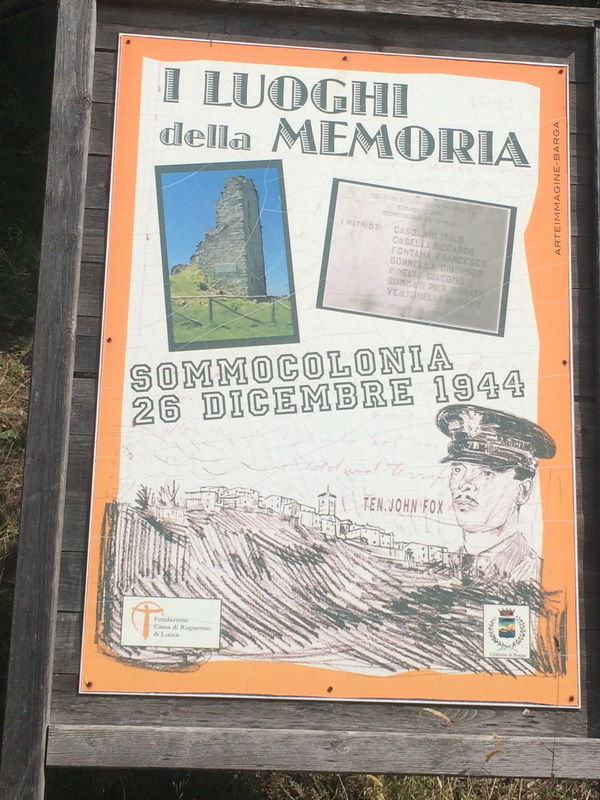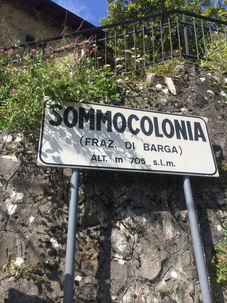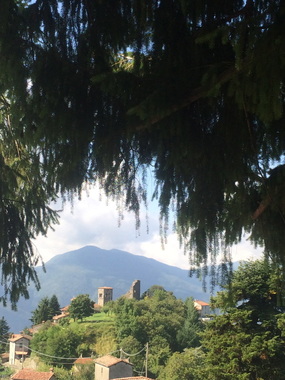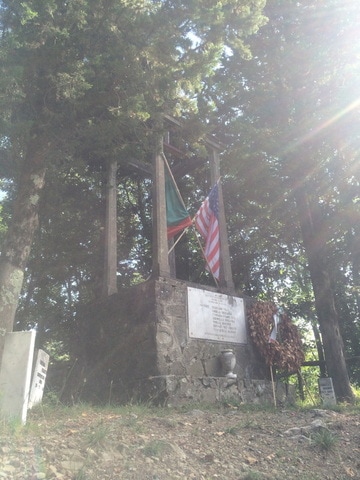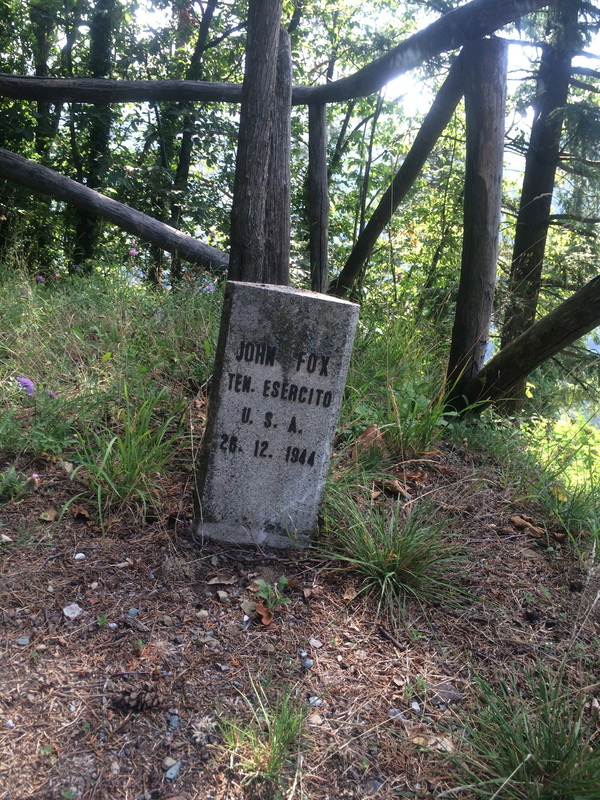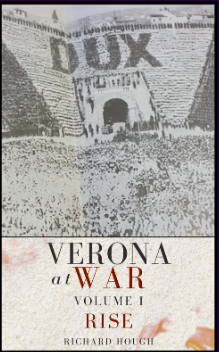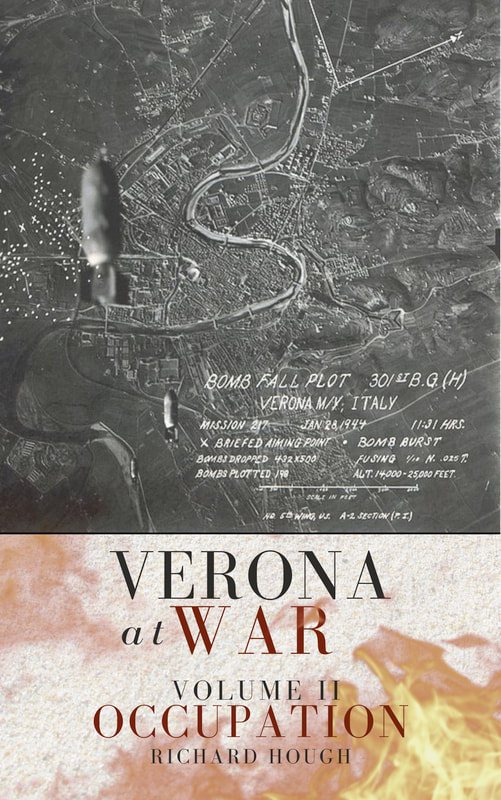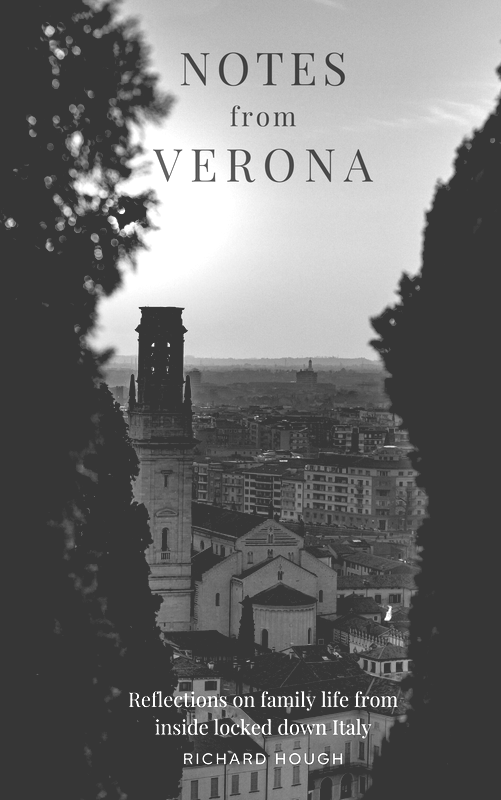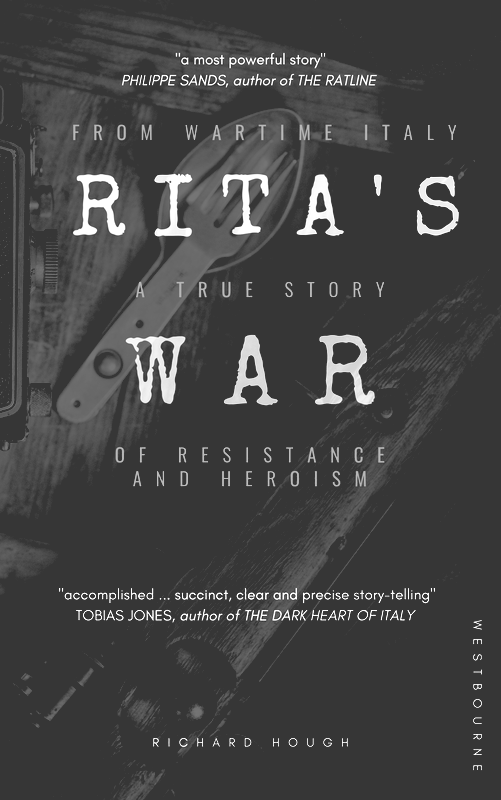|
The Battle of Garfagnana is little more than a footnote in the military history of the Second World War, but it's worth studying for a number of reasons (not least because it's such a beautiful region in northern Tuscany).
Known to the Germans as Unternehmen Wintergewitter (Operation Winter Storm) and nicknamed the "Christmas Offensive"), the short battle was waged between the villages of Barga, Bagni di Lucca, Fornaci di Barga and, above all, the medieval fortress village of Sommocolonia. Here, on 26 December 1944, in a short but ferocious battle, dozens of American servicemen of the American 'Buffalo Division' were killed.
The day I visited Sommocolonia couldn't have been more different from that winters day in 1944. Warm, green, still and quiet - a place of utter peace and tranquility.
In August 1944, the Gothic Line, the most northerly of the Italian defensive lines, which crossed Italy from the Ligurian Sea in the west to the Adriatic in the east along the natural barrier of the Appenine mountains, became the frontline of the Italian campaign. In December 1944, the Buffalo Division, the nickname for the racially segregated US 92nd Infantry Division, manning the frontline. In November 1944, they had unsuccessfully attempted to liberate Castelnuovo di Garfagnana, a bustling market town that is now a hub for holiday makers staying in the region. Amongst the men of the Buffalo Division stationed at Sommocolonia was 29-year-old artillery spotter Lt. John R. Fox. It's his job to call in the heavy artillery in the event of an attack. An Italian counter offensive in this zone, intended to disrupt the front and reduce the pressure near Bologna, had originally been proposed by Mussolini. The attack finally came at 4am on Boxing Day. 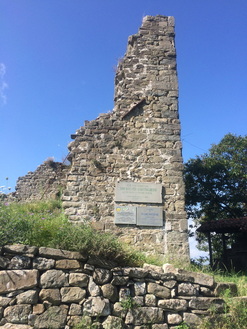 Lt. John R. Fox's artillery position Lt. John R. Fox's artillery position
Fox takes up his position at the Sommocolonia hilltop, from where he begins to call in the heavy artillery.
The inexperienced and poorly equipped Buffalo Division, alongside 25 partisans, faces the brunt of the initial assault. Whilst they cannot be expected to halt the advance, they can slow it down. At noon, the order comes to retreat. From his observation post, which is now surrounded by enemy troops, Fox calls in artillery coordinates that fall closer and closer to his own position. He then asks for a smoke screen to cover a withdrawal by the few GIs and partisans who can still walk. Then he orders a heavy concentration of mortar and 105mm shells on his own observation post, which is by now completely surrounded. Not only was this action intended to inflict maximum damage on the enemy, it also provided his comrades with a smokescreen through which they could escape the carnage. Of the 95 American and Italian Partisan defenders of Sommocolonia, just 18 made it out alive. For the German-Italian force, the offensive was initially a success, penetrating more than 25 kilometres inside the Allies lines. Although an Austrian unit captured Sommocolonia and Barga on 26 December, they were too weak to hold them and, by 1 January 1945, the Allies had more or less re-established their original positions.
Of the 457 Medals of Honor awarded during the Second World War, none were awarded to an African American. In 1992, the US Army commissioned a study to investigate why.
On January 13, 1997, First Lieutenant John R. Fox was finally awarded the Medal of Honor for his action in Sommocolonia. His citation reads: "at 0400 hours on 26 December 1944, an organized attack by uniformed German units began. Being greatly outnumbered, most of the United States Infantry forces were forced to withdraw from the town, but Lt. Fox and some other members of his observer party voluntarily remained on the second floor of a house to direct defensive artillery fire. At 0800 hours, Lieutenant Fox reported that the Germans were in the streets and attacking in strength. He then called for defensive artillery fire to slow the enemy advance. As the Germans continued to press the attack towards the area that Lieutenant Fox occupied, he adjusted the artillery fire closer to his position."
At least seven civilians died in Sommocolonia that day. German war records show that 43 members of the Austrian Fourth Mountain Division also died. About 40 men of the Buffalo Division also fell in the battle.
In Sommocolonia's Piazza Martiri della Resistenza, a memorial in a wooded park commemorates fallen Italian resistance fighters. Next to it stands a smaller memorial, erected in recognition of the bravery of Buffalo Soldier Lt. John Fox who, in order to repel an enemy attack, died after deliberately calling for artillery fire on his own position. |
AboutRichard Hough writes about history, football, wine, whisky, culture + travel and is currently working on a trilogy about wartime Verona.
|
